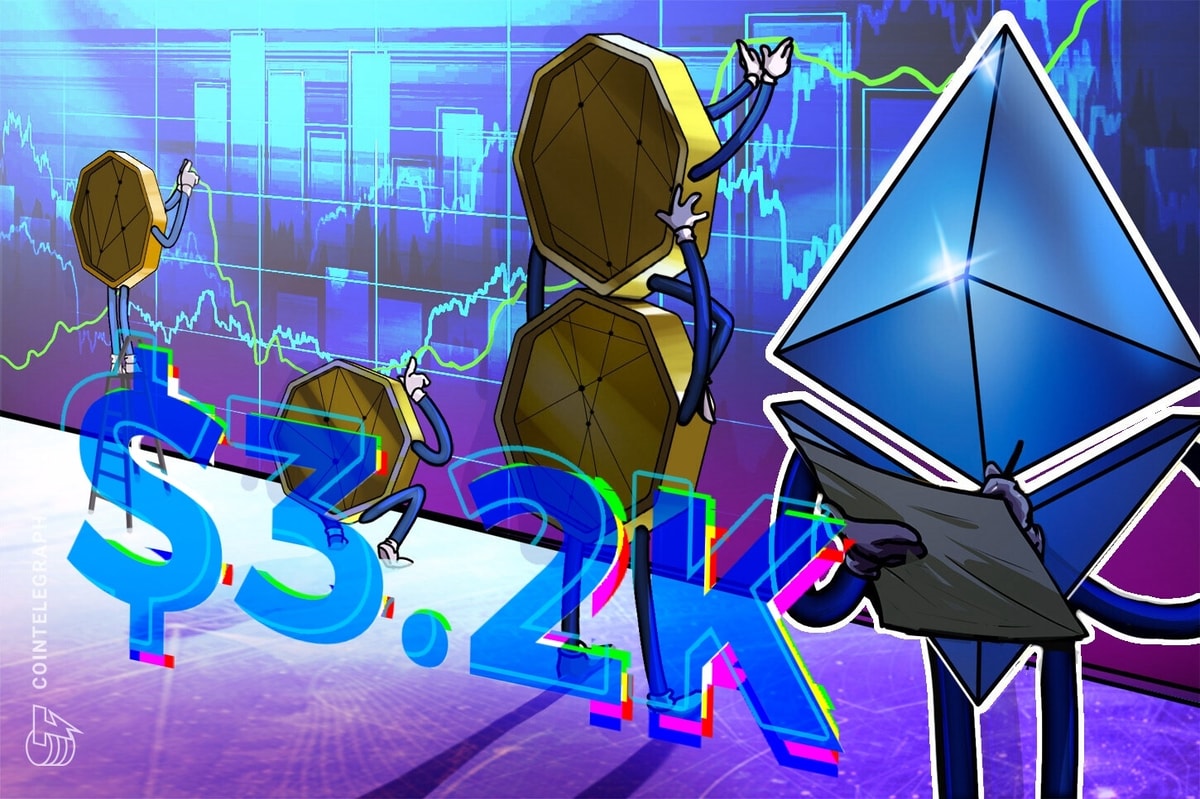Some muni sectors vexed by inflation, analysts say
2 min read
Inflation is having a negative credit impact on certain sectors of municipal issuance, a panel of analysts said.
Mass transit, healthcare, and water and sewer are some of the areas most affected by this past year’s rapid acceleration of inflation, S&P Global Ratings senior director David Bodek said at a session at The Bond Buyer’s National Outlook conference last week.
Mass transit has been vulnerable to inflationary pressures because ridership decreased as a result of the COVID-19 pandemic, hurting its bottom line while labor and maintenance costs rose, Bodek said.
Healthcare is exposed to inflation due to higher labor costs and the difficulty in finding workers. The water and sewer sector is vulnerable because inflation has increased the costs to remove contaminants and replace old piping.
Renewable energy projects have also been hit by rising costs, said Adam Barsky, New York Power Authority executive vice president.
The pandemic caused supply chain issues that have not gone away with the pandemic’s retreat, said Assured Guaranty Director Christopher Jumper.
During the pandemic’s most intense phase, commodity prices declined substantially and then jumped sharply as demand increased once lockdowns lifted, Barsky said.
Construction material costs soared 35% in 2022, Bodek said. Jumper noted that 30% to 40% of project costs are materials.
Some municipal governments and utilities are scaling back projects because of these increased costs, Bodek said.
Hedging, guaranteed maximum prices, and bull put options are being used to manage inflationary costs, Barsky said, while mass transit projects may be funded by taxes.
Building in phases is the best way to deal with inflation increases, Jumper said.
The panelists also talked about the challenges of construction worker shortages. The construction industry had 440,000 openings last year, more than in any other previous year, said Bond Buyer contributor Peter Keating.
The Infrastructure, Investment and Jobs Act is expected to generate hundreds of thousands of more jobs, he said.
The pandemic pushed many people out of the industry and many other Baby Boomers will be retiring soon, Jumper said. He suggested the construction industry bring in under-represented groups and set up journeyman programs to train new workers.







